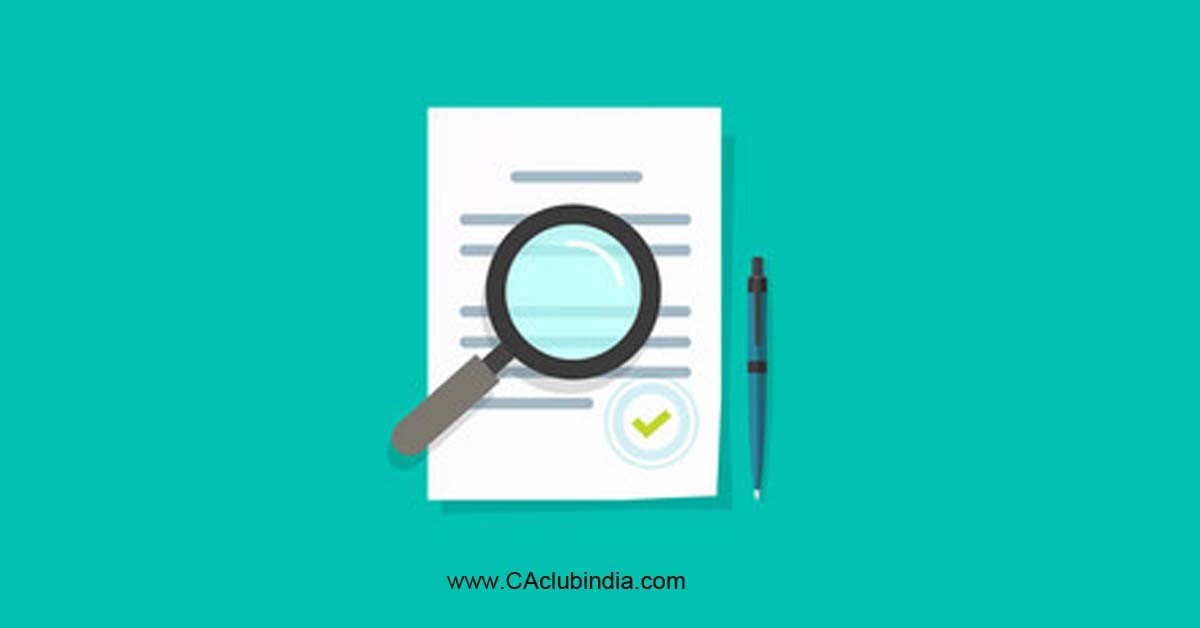A cash flow statement is a financial statement that shows the inflows and outflows of cash for a specific period of time, such as a month or a year. It provides information about how a company is generating and using cash, which is important for understanding a company's financial health and ability to pay its bills.
Importance Of Cash Flow Statement
A cash flow statement is an important financial statement for several reasons:
- It shows the amount of cash that a company generates and uses, which can be useful for assessing the company's liquidity and ability to meet its short-term obligations.
- It shows the sources of cash for a company, such as cash from operations, investing activities, or financing activities. This can be useful for understanding how a company is generating cash and whether it is relying on external sources of financing.
- It can help to identify potential financial risks for a company, such as a reliance on short-term financing or a lack of cash from operations.
- It helps to make investment decisions. Investors and analysts often use the cash flow statement as part of their analysis when evaluating a company's financial health and potential for future growth.
- It helps a company in planning and budgeting. A company's management team can use the cash flow statement to plan and budget for the future, such as by identifying potential sources of cash and ways to improve cash flow.

Methods of cash flow statement
There are two main methods of cash flow statements: the direct method and the indirect method.
1. Direct method
The direct method involves calculating the net cash flow by considering the cash inflows and outflows directly related to the company's operations. This method is more detailed and accurate than the indirect method, but it requires more detailed information
To prepare a cash flow statement using the direct method, the following information is typically needed:
- Cash received from sales: This includes the cash received from customers for the sale of goods or services, as well as any cash discounts or returns received.
- Cash paid for operating expenses: This includes the cash paid out for expenses such as salaries, rent, utilities, and other expenses related to the company's day-to-day operations.
- Cash received from financing activities: This includes any cash received from sources such as issuing new stock, borrowing money, or receiving dividends.
- Cash paid for financing activities: This includes any cash paid out for activities such as repaying loans, paying dividends, or repurchasing shares.
2. Indirect method
The indirect method involves adjusting the company's net income for non-cash items and changes in working capital to determine the net cash flow. This method is less detailed than the direct method, but it requires less information and is generally easier to prepare.
To prepare a statement of cash flows using the indirect method, the following information is typically needed:
- Net income/loss from the income statement: This is the starting point for preparing the statement of cash flows under the indirect method.
- Changes in non-cash items: Non-cash items, such as depreciation and amortization, are added back to net income to arrive at cash provided by (or used in) operating activities.
- Changes in working capital: Changes in current assets and current liabilities, such as increases in accounts receivable and decreases in accounts payable, are also considered in calculating the net cash provided by (or used in) operating activities.
- Cash flows from investing activities: This includes cash inflow from the sale of long-term assets and cash outflows for the acquisition of long-term assets.
- Cash flows from financing activities: This includes cash inflows from the issuance of debt and equity and cash outflows for the repayment of debt and the repurchase of equity.
- Net change in cash and cash equivalents: The net change in cash and cash equivalents is calculated by adding the net cash provided by (or used in) operating activities, investing activities, and financing activities.
Sections of Cash Flow Statement
The cash flow statement is divided into three main sections:
1. Cash flows from operating activities
This section shows the cash inflows and outflows resulting from the company's primary business activities, such as selling goods or services, collecting payment from customers, paying bills and expenses, and making payments to employees.
2. Cash flows from investing activities
This section shows the cash inflows and outflows resulting from the company's investment activities, such as purchasing or selling fixed assets (e.g. buildings, machinery, equipment), investing in other businesses, and acquiring or disposing of long-term investments.
3. Cash flows from financing activities
This section shows the cash inflows and outflows resulting from the company's financing activities, such as issuing or repurchasing shares of stock, borrowing or repaying debt, and distributing dividends to shareholders.
Why cash flow statement is required?
A cash flow statement is required because it provides important information about a company's cash inflows and outflows over a specific period of time, such as a month or a year. This information is useful for understanding a company's financial health and ability to pay its bills.
The cash flow statement is typically presented alongside the balance sheet and income statement as part of a company's financial statements. It is useful for assessing a company's liquidity and ability to generate cash in the future, as well as its financial risk and stability.
In addition, the cash flow statement is required by various regulatory bodies and is used by investors, creditors, and other stakeholders to evaluate a company's financial performance and make informed decisions.







 CAclubindia
CAclubindia

